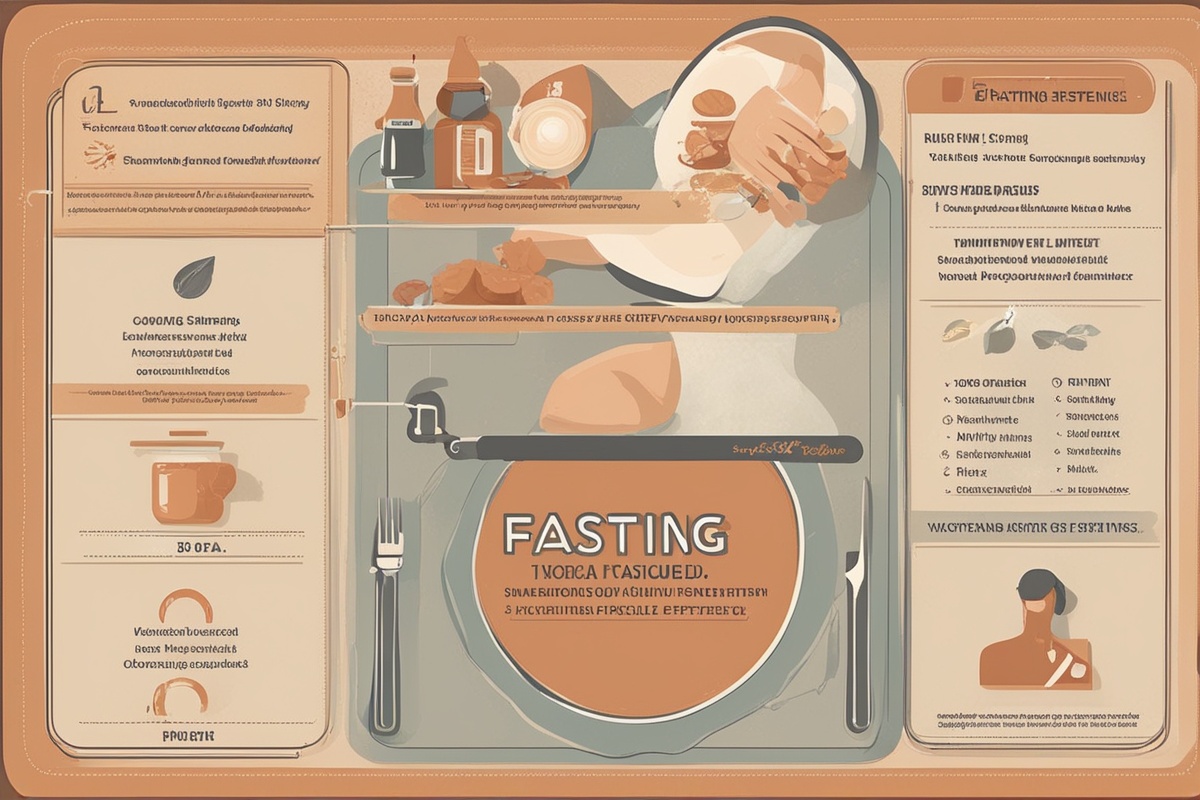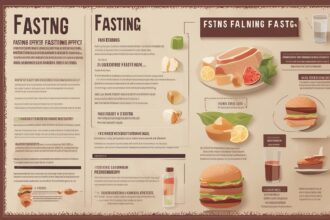Fasting, particularly extended fasting, has gained popularity for its potential health benefits, including weight loss, improved metabolic health, and mental clarity. However, embarking on a prolonged fast can come with a range of discomforts that may deter even the most determined individuals. From hunger pangs to fatigue, understanding and managing discomfort during extended fast is crucial for a successful fasting experience. This comprehensive guide explores practical strategies to alleviate common side effects and ensure a smoother fasting journey.
Understanding Discomfort in Extended Fasting
Extended fasting, typically defined as fasting for 24 hours or more, pushes the body into a state of ketosis, where it relies on stored fat for energy. While this metabolic shift offers numerous benefits, it can also lead to discomfort, especially for beginners. Common issues include hunger, headaches, irritability, fatigue, and digestive disturbances. These symptoms often arise as the body adjusts to the absence of regular food intake and the depletion of glycogen stores. Recognizing that these discomforts are temporary and often a sign of adaptation can help in managing discomfort during extended fast periods.
Hydration: The Key to Easing Physical Discomfort
One of the most effective ways to mitigate discomfort during an extended fast is by staying adequately hydrated. Dehydration can exacerbate symptoms like headaches, fatigue, and dizziness, which are already common during fasting. Drinking plenty of water—aim for at least 8–10 glasses per day—can help flush out toxins and maintain electrolyte balance. Adding a pinch of high-quality sea salt to your water can also replenish sodium lost through reduced food intake. For more insights on hydration during fasting, check out our post on Hydration Tips for Fasting Success. By prioritizing hydration, you’ll find managing discomfort during extended fast becomes significantly easier.
Electrolyte Balance: Preventing Fatigue and Cramps
During extended fasting, the body excretes more electrolytes, such as sodium, potassium, and magnesium, which can lead to muscle cramps, fatigue, and even heart palpitations if not addressed. To combat this, consider sipping on an electrolyte solution made with water, a pinch of salt, and a splash of lemon juice for potassium. Alternatively, sugar-free electrolyte drinks can be a convenient option, but ensure they align with your fasting goals. Maintaining electrolyte balance is a cornerstone of managing discomfort during extended fast, as it directly impacts energy levels and overall well-being. Learn more about this in our guide on Maintaining Electrolytes During Fasting.
Mental Strategies to Overcome Hunger and Irritability
Hunger pangs and irritability, often referred to as “hanger,” are among the most challenging aspects of extended fasting. These feelings are often psychological as much as physical, stemming from habitual eating patterns rather than true hunger. To manage this, engage in distracting activities like light exercise, meditation, or journaling to shift focus away from food. Practicing mindfulness can also help you differentiate between genuine hunger and cravings. Additionally, ensure you’re getting enough rest, as sleep deprivation can worsen irritability. For tips on mental resilience during fasting, explore our article on Boosting Mental Clarity Through Fasting. These mental strategies are essential for managing discomfort during extended fast periods.
Gradual Preparation for Extended Fasting
Jumping straight into an extended fast without preparation can intensify discomfort and lead to a higher likelihood of breaking the fast prematurely. Instead, ease into it by practicing intermittent fasting (such as the 16:8 method) for a few weeks to condition your body to longer periods without food. Additionally, reduce carbohydrate intake in the days leading up to the fast to minimize the transition to ketosis, which can otherwise cause “keto flu” symptoms like headaches and lethargy. A gradual approach is a proven method for managing discomfort during extended fast, making the process more sustainable and less jarring for your system.
Breaking the Fast Properly to Avoid Discomfort
How you end an extended fast is just as important as how you manage it. Breaking a fast with heavy or processed foods can lead to digestive issues like bloating, nausea, or even refeeding syndrome in extreme cases. Start with small, easily digestible meals such as bone broth, steamed vegetables, or a handful of nuts. Gradually reintroduce other foods over the next 24–48 hours to allow your digestive system to readjust. For a detailed breakdown, refer to our post on How to Break a Fast Safely. Properly breaking a fast is a critical step in managing discomfort during extended fast and ensuring long-term success.
Disclaimer: The information provided in this article is for educational purposes only and should not be considered medical advice. Fasting, especially extended fasting, may not be suitable for everyone, particularly individuals with pre-existing medical conditions, pregnant or breastfeeding women, or those on certain medications. Always consult with a healthcare professional or dietitian before starting any fasting regimen to ensure it is safe for your individual health needs.
References
- Harvard Health Publishing: Intermittent Fasting: Surprising Update
- Mayo Clinic: Fasting Diet: Can It Improve My Heart Health?
- NCBI: Fasting: Molecular Mechanisms and Clinical Applications
- WebMD: What You Need to Know About Fasting
- Johns Hopkins Medicine: Intermittent Fasting: What Is It, and How Does It Work?
This content is for informational purposes only and not a substitute for professional advice.






